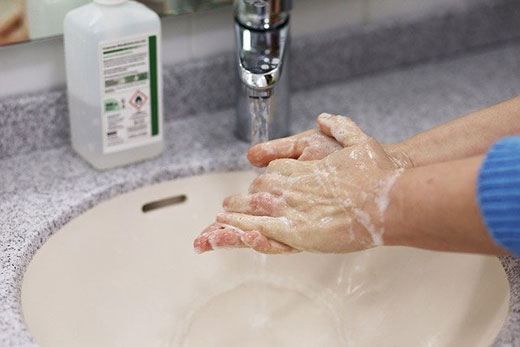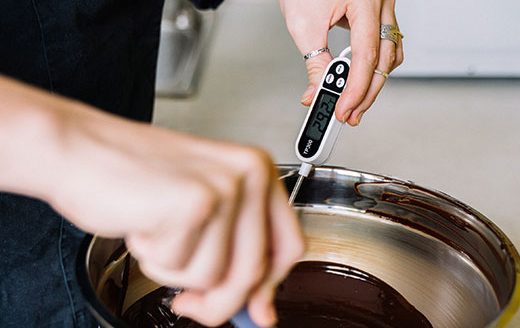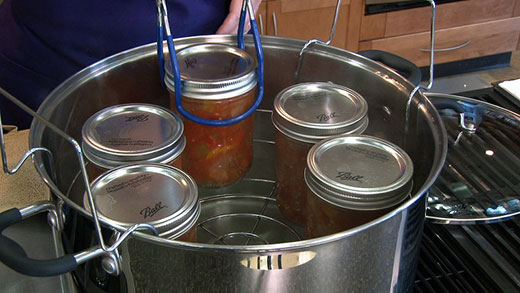K-State food scientist shares tips for cooking at home, fall tailgate parties.
Whether it’s cooking in the home kitchen or in the middle of a parking lot during a fall tailgate party, one tried-and-true food safety step can keep you safe.
Wash your hands.
“That is your No. 1 defense against foodborne illness because your hands can hold a lot of germs and dirt, (including) under your fingernails,” said Kansas State University food scientist Karen Blakeslee.
Hands pick up bacteria during daily routines, including gardening, taking out the trash, driving, playing with pets and many other activities.
“When you’re preparing food, wash your hands more than once, such as after you’ve handled raw eggs or meat or anything like that because that will help to prevent cross-contamination of food products,” Blakeslee said.
“So never forget to wash your hands. It only takes 20 seconds with soap and warm water,” or about the time it takes to sing the alphabet. “Be sure to scrub your hands … because the bubbles really do pick up the dirt and take it away. It’s a very important step to take.”
At a tailgate party or anywhere a sink and warm water is not available, Blakeslee suggests including a separate jug of warm water and soap in your cooking supplies.
“If you have a squirt bottle of soap that is half empty, add water to it and you’ve got a soap-and-water mixture readily available. Or, if you are using a jug with warm water, put soap in it (ahead of time) and that’s your designated hand washing station.”
Another option, Blakeslee said, is bringing along wet wash cloths in baggies, or using wet wipes. Hand sanitizers alone, she adds, is not a reliable option.
“Hand sanitizers don’t work very well unless your hands are clean to start with,” Blakeslee said. “They can be used in a pinch, but it’s best to wash your hands first and then use a hand sanitizer.”
Blakeslee, who also is coordinator of K-State’s Rapid Response Center for Food Science, said September is Food Safety Education Month, a time when food scientists share important reminders about safety at the dinner table.
Some additional tips:
- Keep raw meat separated from everything else, particularly when taking it outside to picnics or tailgate parties. Put meat in separate bags during transportation, as well as at home. Use a separate plate to serve cooked meats.
- Use separate utensils for various foods you are cooking. “If you don’t have a separate set of tongs, then wash the one’s you have between uses,” Blakeslee said.
- Keep hot foods hot, and cold foods cold. The temperature danger zone for foods is between 40 and 140 degrees Fahrenheit. Cold foods should be stored in an environment colder than 40 F, and hot foods should be held at 140 F or higher. For outdoor parties, this means bringing lots of ice, and perhaps multiple coolers.
“We are still in summer, and it’s going to get hot,” Blakeslee said. “Hot temperatures will heat up food quickly. So if you’re outside having a picnic or tailgate party when the weather is above 90 degrees, you want to get the leftovers chilled within an hour of cooking the food.”



